Table of Contents[Hide][Show]
Have you jumped on the mineral makeup bandwagon? If you’re concerned about using less toxic options on your skin, you may have switched to mineral makeup thinking it’s made with more natural ingredients.
Mineral makeups can have some safer ingredients, but those with sensitive skin may find that these products are actually more irritating than liquid and cream foundations. Though several ingredients may be to blame, one in particular—bismuth oxychloride—is worth looking into. It is known to be irritating, and may also be quite a bit less “natural” than you would like.
Is your mineral makeup free of toxic chemicals?
What is Bismuth Oxychloride?
Bismuth oxychloride is an inorganic compound of bismuth, which is found naturally in the rare mineral bismoclite. Bismuth is a heavy and brittle metal, whereas bismuth oxychloride is a pigment that comes in either a pearl or diamond finish, and is used to give mineral makeups either a matte or shimmery appearance. It’s also found in bronzers, blush and eye shadows because of its ability to create a shimmery look, and to give a silky feel, as well as because it helps the minerals adhere to the skin.
Though bismuth, the metal, occurs naturally, it’s rare. So to create the high amounts needed by U.S. manufacturers, bismuth is also produced as a by-product from refining lead, tin, copper, silver, and gold ores. Once separated from these elements, it has to go through a long process of refining to make it safe for use in cosmetics.
How is it Processed?
Extracting bismuth from lead, tin, copper, and the like results in a number of impurities in the mix. These may include lead, tellurium (chemical element added to glass for color or used to make metal alloys stronger), and other elements that aren’t safe for use in cosmetics. So manufacturers put it through an electrolytic solution, then filter, dry, and further refine the product until the desired level of purity is reached.
The process isn’t finished yet, however. Impurities may be further removed through adding other ingredients, and then finally the resulting concoction is chlorinated, treated with water, and dried to form a white substance. It may also be treated with a dilute nitric acid solution.
Therefore, regardless of what you may see on the label, realize that this product is not a natural ingredient, but rather, the result of a long process of refining and altering.
What are the Concerns?
The main concern with this ingredient is that it is irritating. Not only is it labeled as potentially irritating to the skin on the Material Safety Data Sheet, but because it is a heavy metal ingredient, it requires repeated buffing to get it into the pores. Without this buffing, it can actually slide off the wearer’s face—but the buffing can also cause irritation, particularly for those with sensitive skin.
The heaviness of the ingredient can also clog pores, which is definitely not good for those with acne-prone skin. Mineral makeup is supposed to be better for reactive skin, but if it has bismuth oxychloride in it, it may encourage the formation of blackheads, whiteheads, and postules instead. Some users may experience cystic acne if they wear mineral makeup regularly.
Another problem is that this ingredient can cause itching. If you switched to mineral makeup and found yourself scratching your face throughout the day, it may be because of the molecular shape of the chemical, or simply because it can be irritating to some people.
More Serious Concerns?
Are there more serious concerns with this ingredient? As far as we know, it’s not going to encourage skin cancer or anything like that, but you do want to be careful where your products come from. This ingredient requires a lot of refining to get rid of traces of lead. In the U.S., cosmetics have to meet certain standards for bismuth chloride, but in other countries, those regulations may not be as strict, which increases the risk of bismuth chloride that may be contaminated with potentially toxic ingredients.
What to Do?
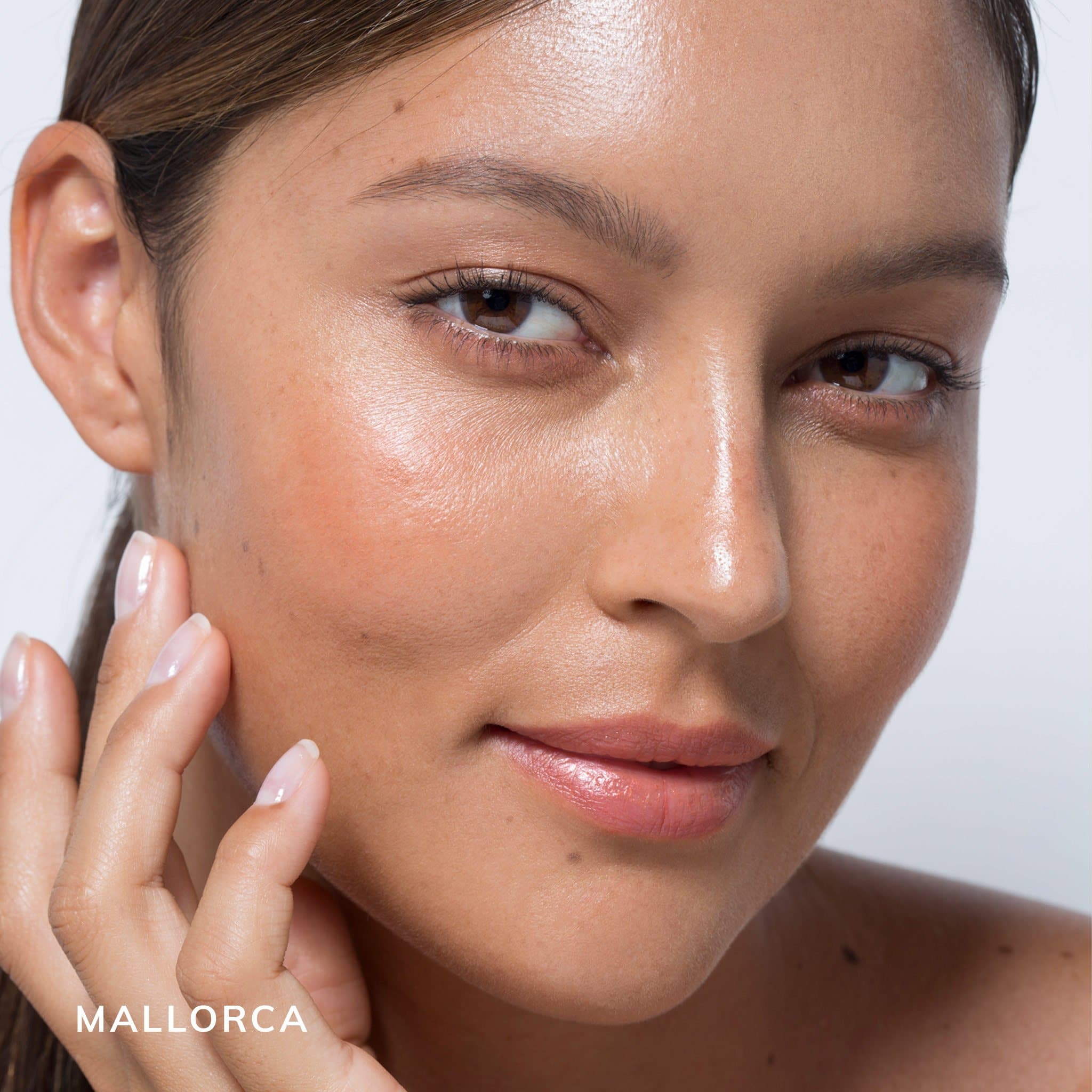
Check your mineral makeup. You may find this ingredient on the ingredient list. My preference would be to stay away from it. Fortunately, there are brands of mineral makeup out there now that are advertising their formulas as free of bismuth oxychloride. I’d think those would be a better option, particularly for those with sensitive and oily skin.
Looking for bismuth-oxychloride-free mineral makeup? Visit our makeup foundation line to pick the perfect fit for your need. Does your favorite mineral makeup have bismuth oxychloride? Or do you have a favorite bismuth-oxychloride-free brand?
* * *
Photo courtesy fashionlearn via Flickr.com.
Source
“Is Bismuth Oxychloride Safe and What is It?” Sterling Minerals Skin Care Guide, May 30, 2008, http://sterlingminerals.blogspot.com/2008/05/is-bismuth-oxychloride-safe-and-what-is.html.
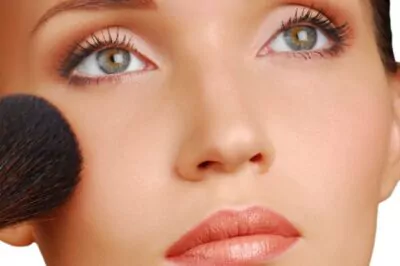

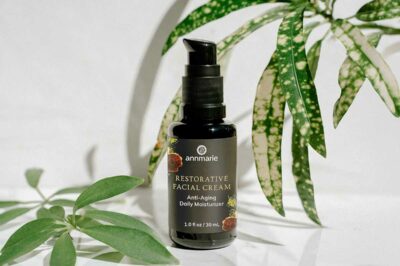



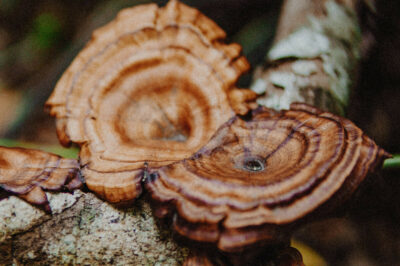
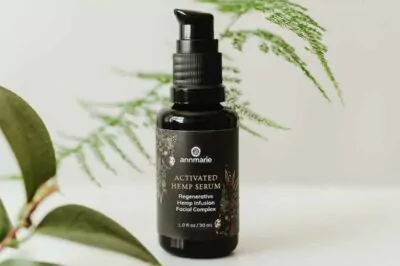
I had a hair mineral analysis done and it showed that I have super high levels of bismuth in my body!! Have been wondering how that got there .. I think it is the mineral makeup that has bismuth oxychloride in it as I don’t use any other products other than moisturiser and it doesn’t have that in it.
I have had this too and my naturopath told me it’s from makeup/cosmetics. I switched to mineral makeup because I thought it was safer and would be better for my rosacea!!
I have ALOT of bareminerals powder…hate to throw it all away..but quit using it because it was itchy..found out it was the BO..why would they add something irritating??? I tried a Purminerals product and it was fine..thanks for informing us about potential irritants. I will be trying your sample pack soon! Most of my products are natural now. I was at a Whole Foods years ago and I was explaining my skin issues..rosacea…irritated skin..she suggested to use only Natural products. My skin has been happy since then!
What brand are you using? You have described my skin exactly. My eye lids are the worse!
My daughter had a horrible reaction to make up containing bismuth oxychloride. Her face was burnt! We have since started checking all the labels on every item of face make up, especially eye shadow, blushes and powders to make sure it does not ever touch her skin again!
Hi all,
I had a pretty serious reaction when I started using your product but have later realised it was definitely Bareminerals liquid foundation I started using about a year ago. Slowly my skin got worse and worse, exactly the rash like reaction so many ppl have described, so makes a lot of sense that I’ve had a bismuth oxychloride reaction. My skin was obviously highly sensitised from the bareminerals at the time I made the switch a couple of weeks ago.
Can someone please advise if there is anything to assist your skin to expel the metal from your skin faster? I haven’t been able to wear makeup the last 2 weeks and it has definitely improved but the redness and bumps are still there in a big way.
Does steaming face/fruit enzyme peels help in anyone’s experience?
Feeling very cheesed off that something that is meant to be ‘better’ for my skin has caused so much damage. Anyone know if there’s legal help available?
I have had this too and my naturopath told me it’s from makeup/cosmetics. I switched to mineral makeup because I thought it was safer and would be better for my rosacea!!
I wanted to try something different, so I gave Bare Minerals a try. Used their face wash, and make-up for a little over 2 weeks. I am certainly paying the price now! Extreme dryness, flakiness, and puffiness around my eyes. Went back to my tried and true brand, Clinique. Still dealing with the after effects now almost 3 weeks later.
I love Iman’s stick foundation but it has bismuth AND is made in China. 🙁
Has anyone had actual vision problems after using bare minerals eye makeup?
I have!
I have also. Turns out a lot of eyeshadows, mineral or conventional, contain bismuth oxychloride. Even some eyeliners and mascara contains bismuth oxychloride.
My favorite mineral makeup is Motives Cosmetics and it does not contain Bismuth Oxychloride
After damaging my skin with Bare Minerals and liquid foundation, I found Everyday Minerals brand which is bismuth oxychloride free. My skin has never look better and the coverage is amazing. Thank you for posting this article!
I was using bareminerals for 8 years, I would have breakouts all the time and just thought I had severe acne issues. Low and behold I switched to Bellapierre foundation and my skin has never been so clear and smooth! I’m seriously convinced it was the bismuth oxychloride, because that’s the only difference in formulas.
What can be done if your skin has been damaged by bismuth oxychloride? Mine has come out in tiny bumps that won’t go away.
I had tiny bumps as well but it ended up actually being a soy allergy. I would get tested for allergies by your dermatologist, food and other irritating ingredients. You wouldn’t believe how many beauty products have soy in them. They aren’t required to label soy derived ingredients.